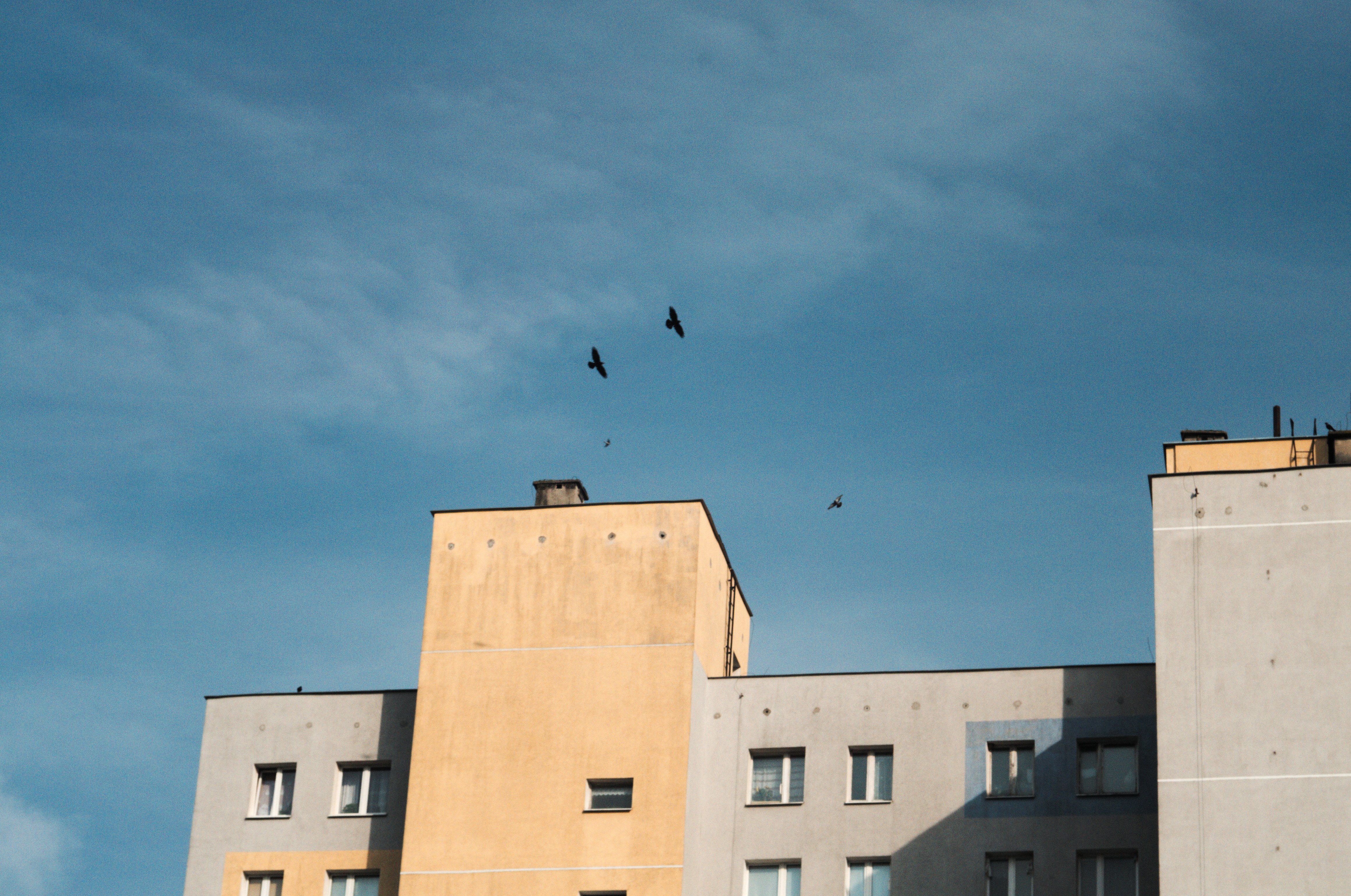
Tak samo jak kraj można podzielić na Polskę A i Polskę B, również Lublin ma swój "Lublin B" - wschodnie, post-industrialne dzielnice. Jak głosi legenda, zamieszkane przez troglodytów w sportowych ubraniach. Ludzie, którzy tam nie mieszkają, rzadko zapuszczają się w te okolice. Tam po prostu nie ma nic ciekawego. Czy na pewno?
As the country can be divided into "Poland A" and "Poland B", Lublin also has its "Lublin B" - eastern, post-industrial districts. It's believed to be inhabited by bald, tracksuit-wearing savages. People who do not live there rarely go into this area. There is nothing interesting about it. Is that for sure?
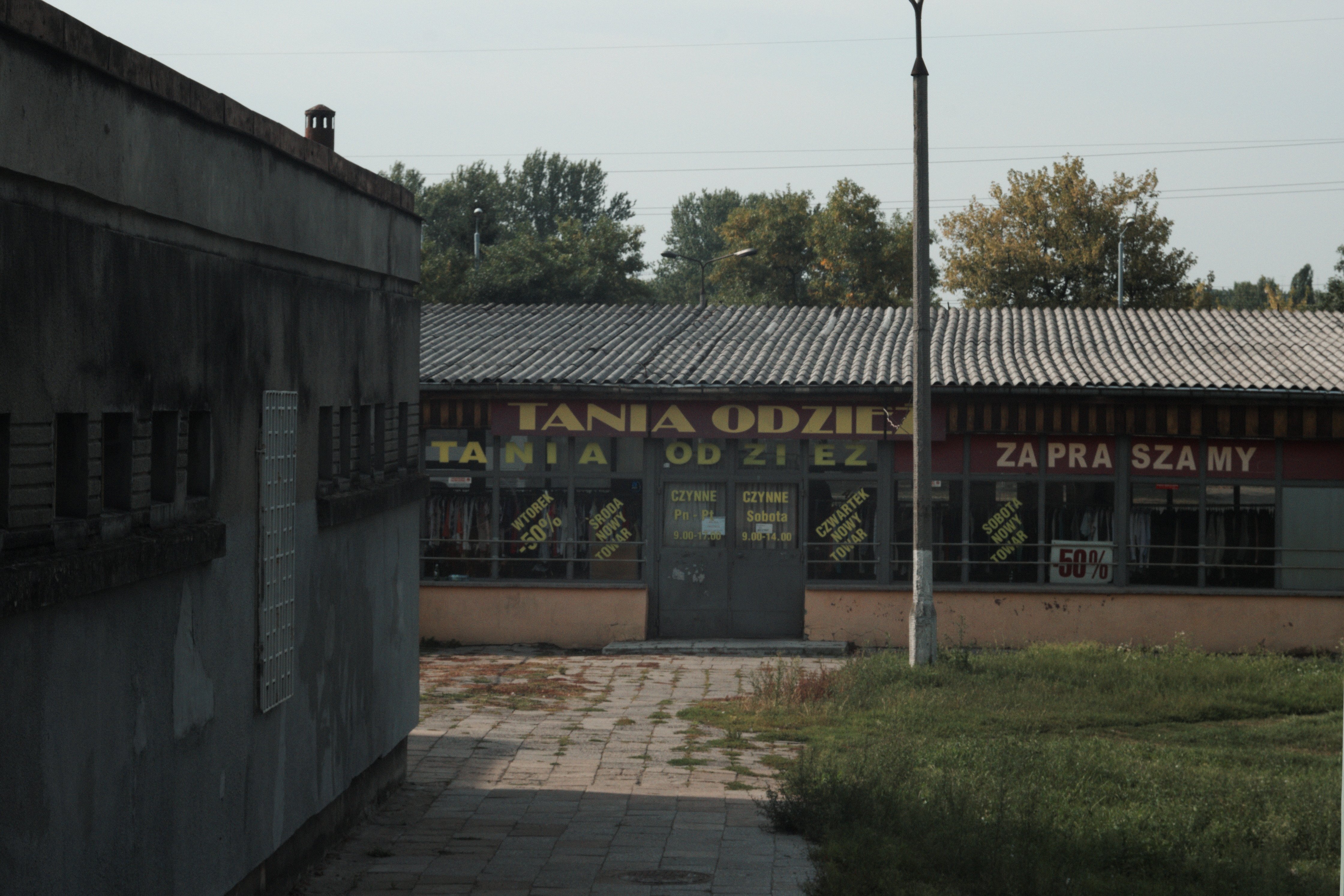
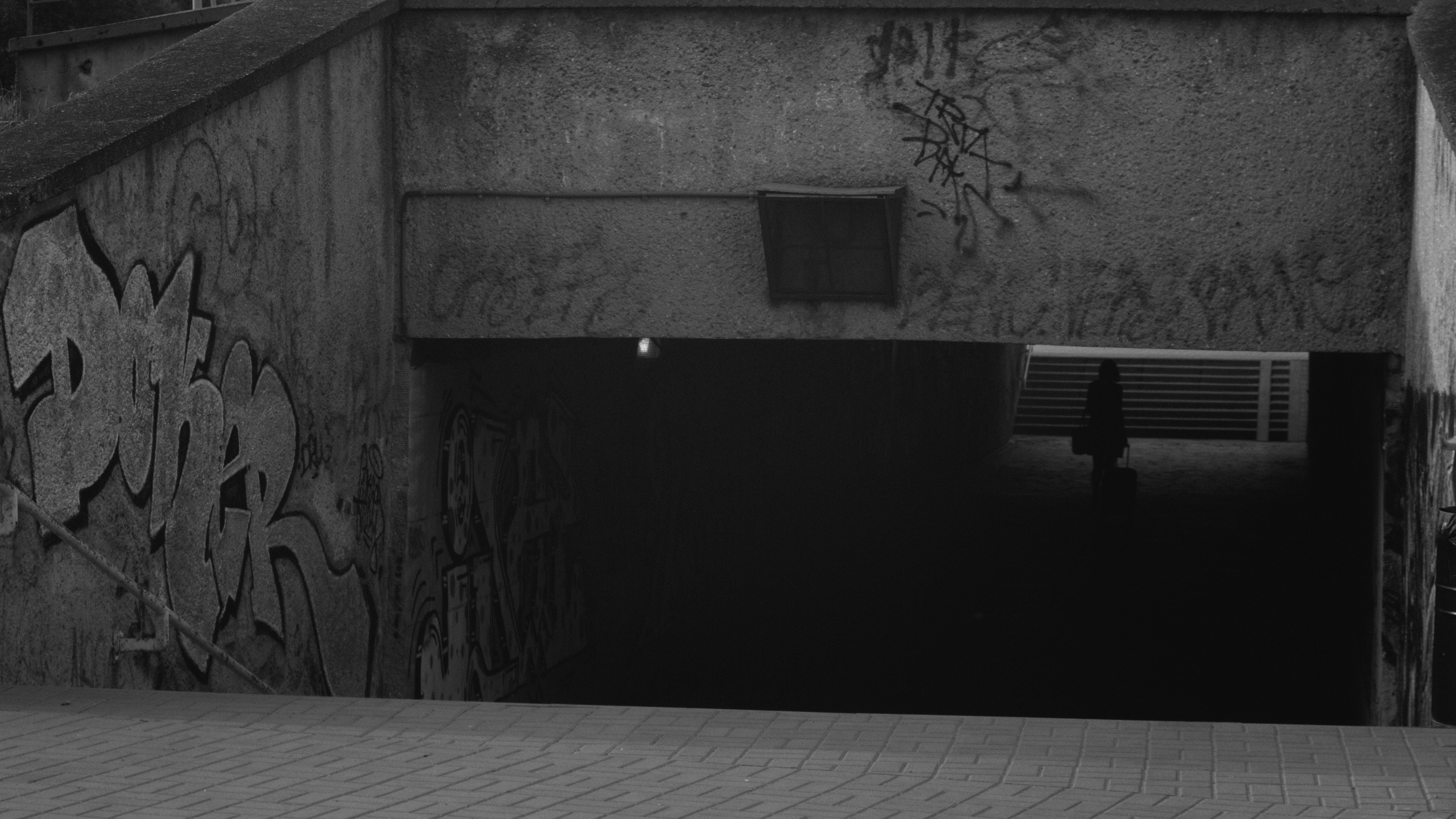
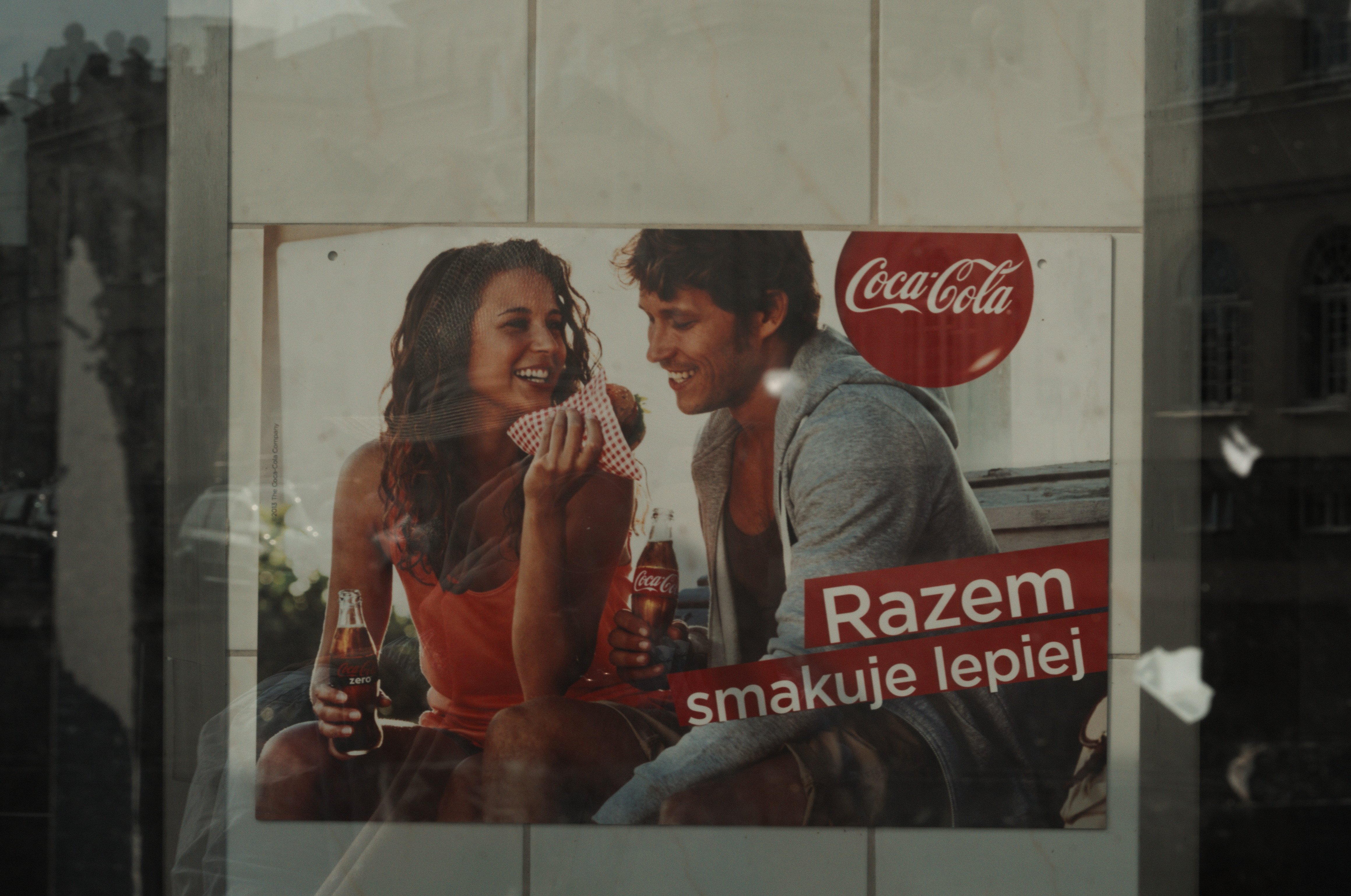
W zeszłą niedzielę kupowałem bilety na dworcu i wpadłem na pomysł, żeby przejechać się na Felin. Jest to najbardziej wysunięta na wschód dzielnica Lublina. Przed wojną był tam folwark, który w okresie PRL-u trafił w ręce Uniwersytetu Marii Curie-Skłodowskiej, a następnie Uniwersytetu Przyrodniczego. W okolicy wybudowano zajezdnię autobusową MPK, a wkrótce po niej pojawiły się bloki mieszkalne. W okolicy spotkać można głównie pracowników specjalnej strefy naukowo-technologicznej (Euro-Park Felin), pracowników MPK i studentów UP mieszkających w najbardziej samotnych akademikach w Lublinie noszących dumnie nazwy Manhattan i Broadway.
Last Sunday I was buying tickets at the train station and came up with an idea to go to Felin. It is the easternmost district of Lublin. Before the WWII, there had been a manor there, which during the times of People's Republic of Poland was in the hands of the Marie Curie-Skłodowska University, and later the University of Life Sciences. A metropolitan bus (MPK) depot was built in the area, and soon appeared blocks of flats. In the neighbourhood you can find mostly employees of the special scientific and technological zone (Euro-Park Felin), employees of MPK and UP students living in the "most solitary dormitories in Lublin", proudly named Manhattan and Broadway.
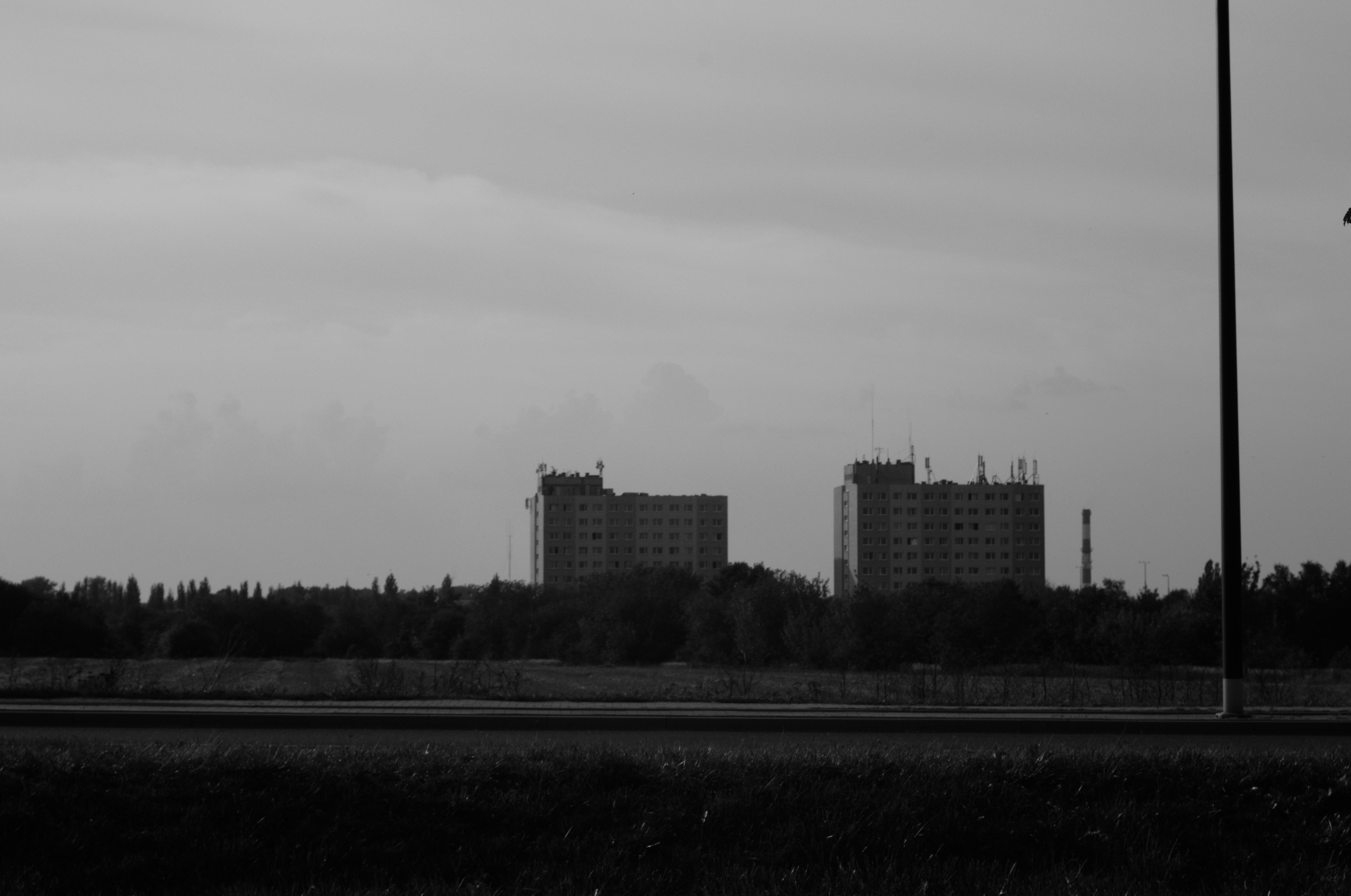
Największe skupisko bloków mieszkalnych na Felinie - niepozorne Osiedle Jagiellońskie było zaskakująco żywe. Wśród bloków pamiętających lata socjalizmu i kuriozalnych postmodernistycznych zabudowań spacerowali rodzice z wózkami, a dzieci jeździły na rowerach. Mimo wszystko czułem się dziwnie, jak Alicja po drugiej stronie lustra. Osiedle Jagiellońskie wyrosło w szczerym polu. Wysokie betonowe bloki stanęły wśród pól i łąk jak najeźdźcy z kosmosu, oderwane od historii i oddalone od miasta.
The largest group of apartment buildings in Felin - the humble Jagiellonian Estate - was surprisingly alive. Among the blocks of flats that remember the years of socialism and bizarre postmodernist buildings, I've seen many families with strollers and kids riding bikes. Nevertheless, I felt strange. The Jagiellonian Estate rose in an open field. High concrete blocks stood in the middle of fields and meadows like space invaders, detached from history and far from the centre.
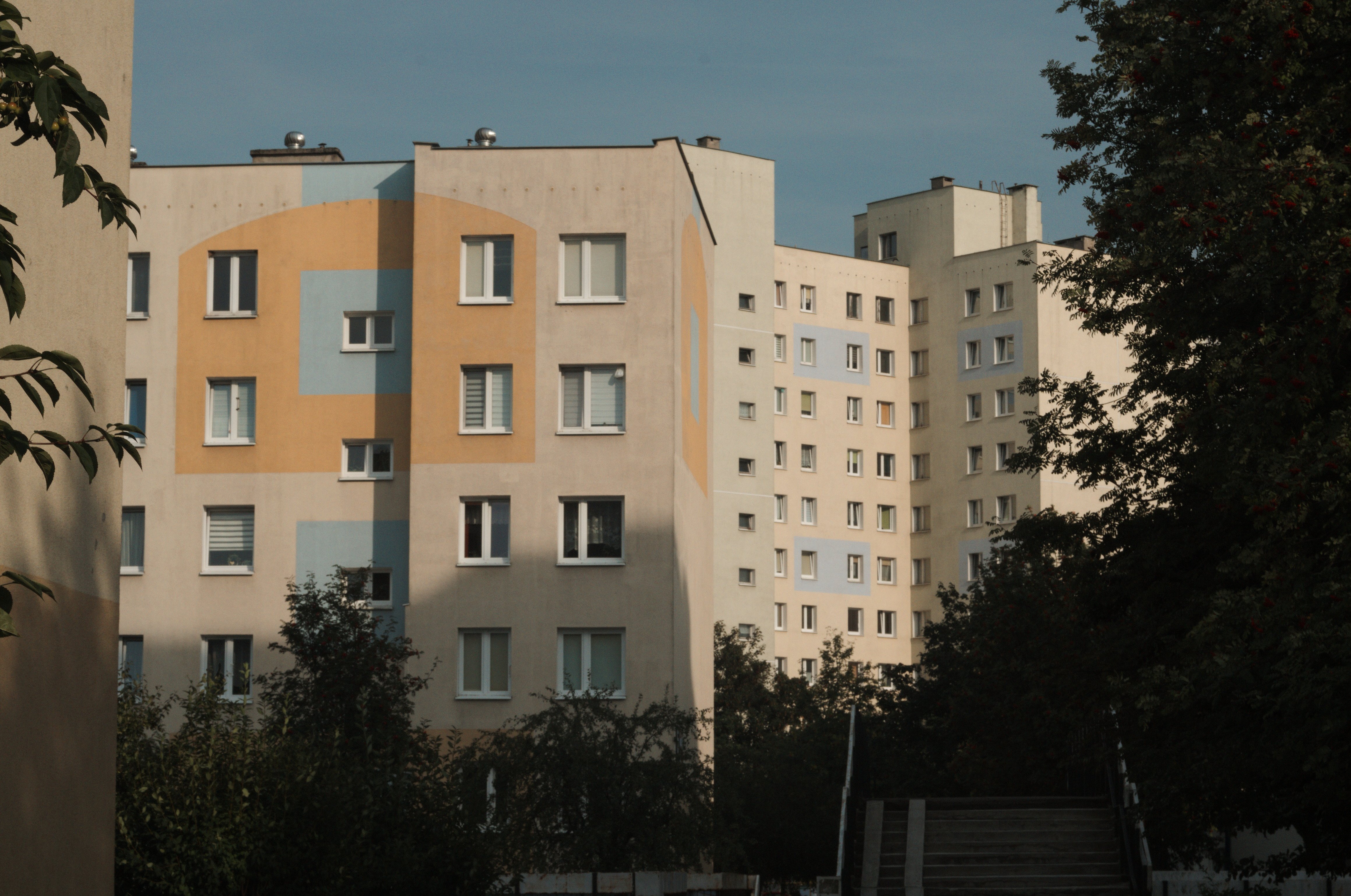
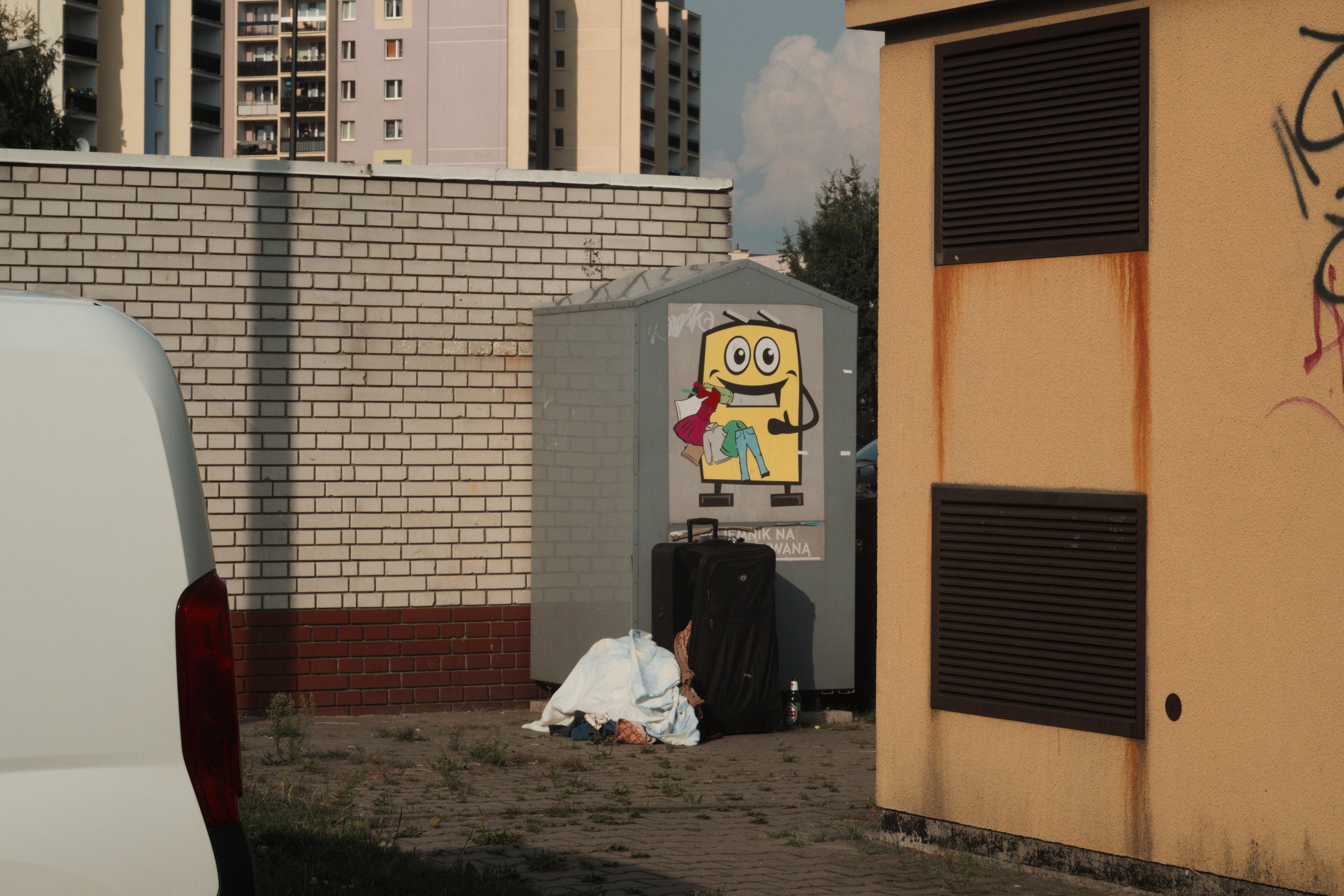
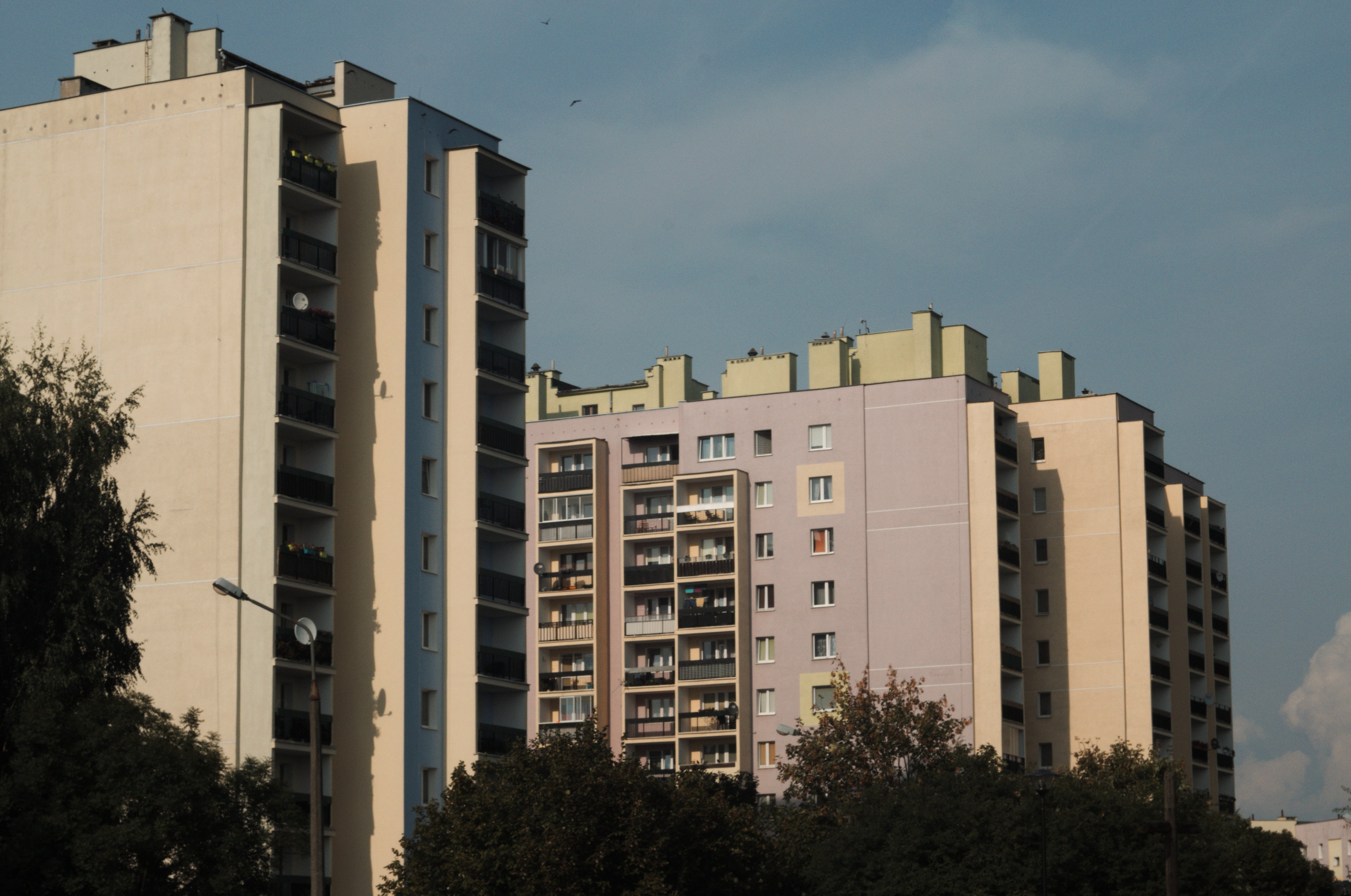
Po wizycie na Felinie pojechałem na pobliski Majdanek. To bardzo spokojna dzielnica. Nic dziwnego - większość jej powierzchni zajmuje muzeum na terenie dawnego obozu koncentracyjnego i cmentarz komunalny. Martwi nie robią zamieszania. Mimo upływu lat, widok terenu dawnego Obozu Śmierci z okien trolejbusu wciąż powoduje dreszcze.
After the visit in Felin I went to the nearby Majdanek. It is a very quiet district. No wonder - most of its area is occupied by a museum on the site of the former Concentration Camp and a municipal cemetery. The dead don't make any turmoil. Despite passing years, the view of the former Death Camp from the windows of the trolleybus is sending shivers down my spine.
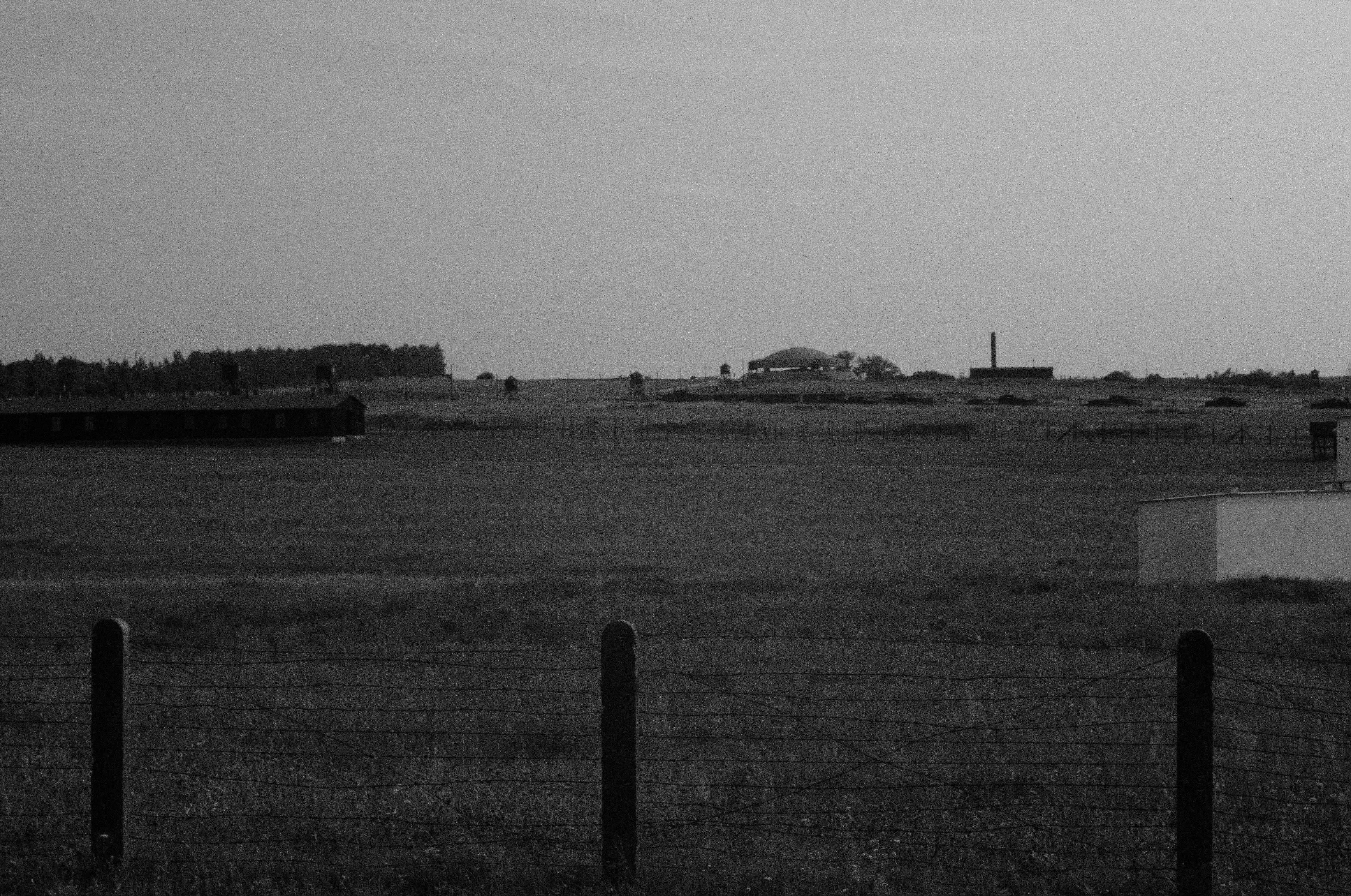
Z Majdanku skierowałem się na Bronowice. Minąłem po drodze rząd nowych apartamentów. Wciąż jednak nie spotkałem patologii wschodniego Lublina. Jedynie apatię post-socjalistycznych osiedli mieszkalnych. Od blokowisk nie ma ucieczki. Nie można ich zburzyć, można tylko przemalować. Albo polubić tę romantykę socjalizmu. Masowa architektura XXI wieku rzadko oferuje coś lepszego.
From Majdanek I headed to Bronowice. I have passed the row of new apartments. However, I still haven't met the ills of Eastern Lublin. Only the apathy of post-socialist housing estates. There is no escape from the blocks of flats. They cannot be just demolished, they can only be repainted. Or should we start liking this "romanticism of socialism"? Mass architecture of XXI century rarely offers something better.
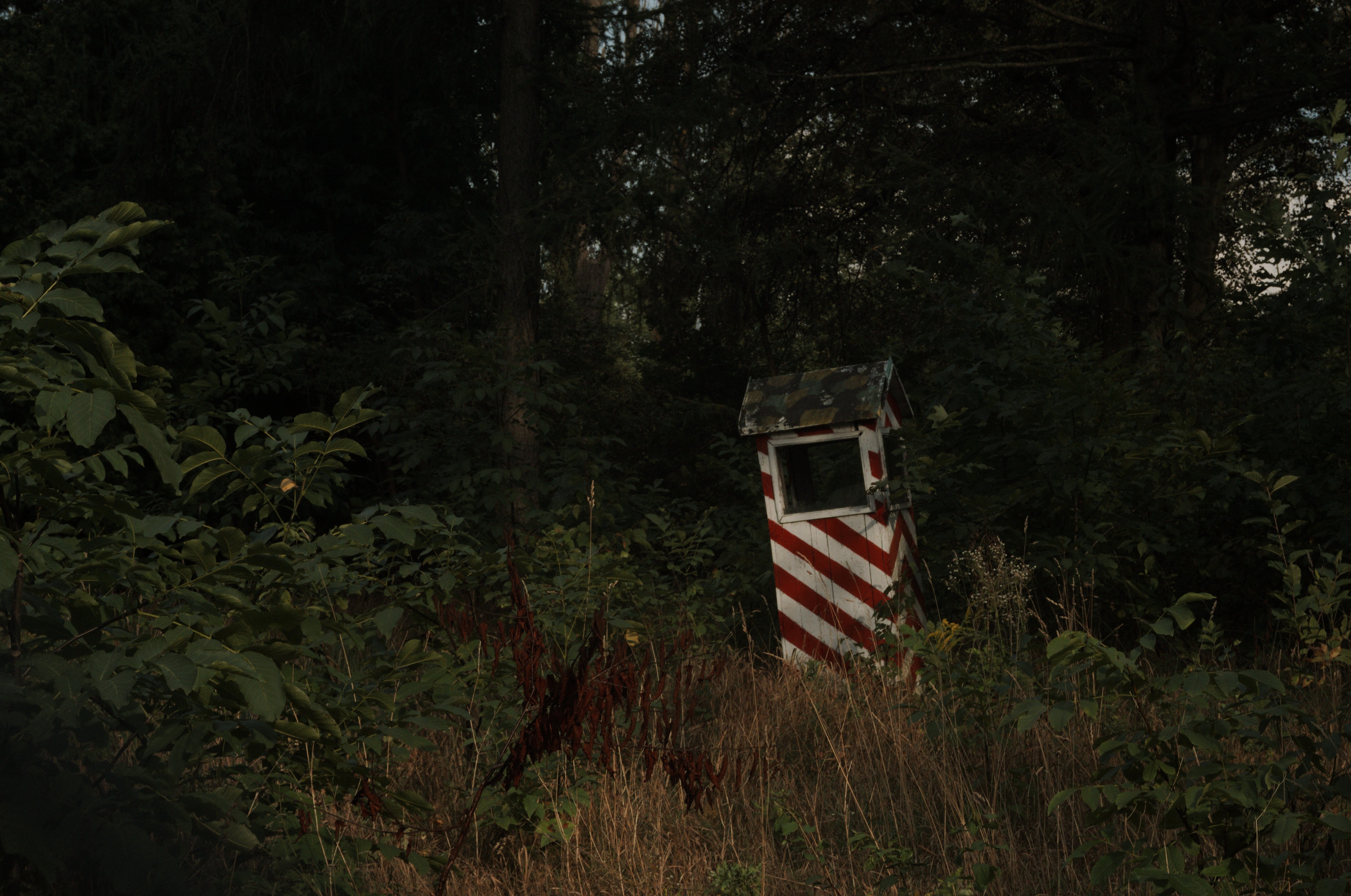
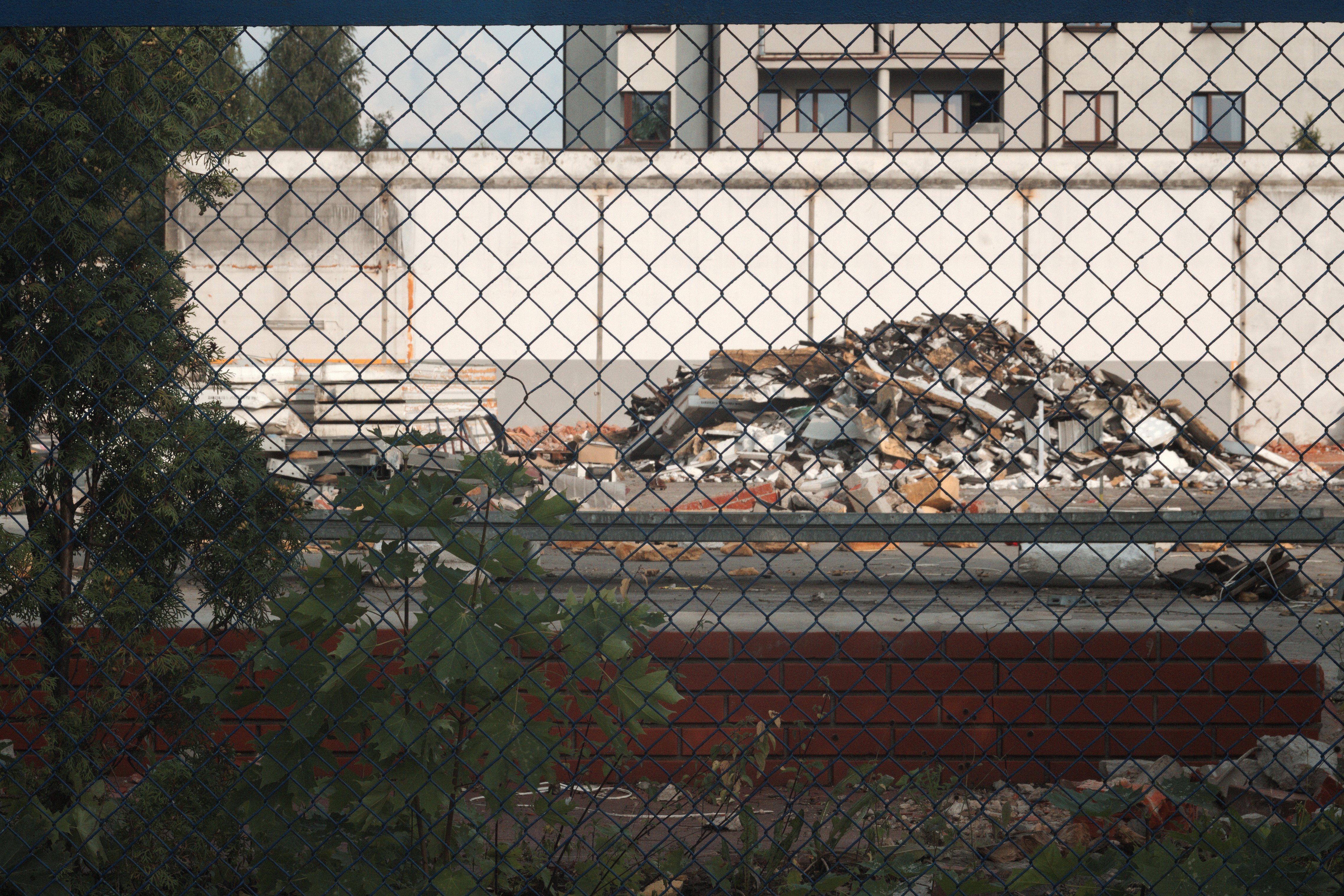
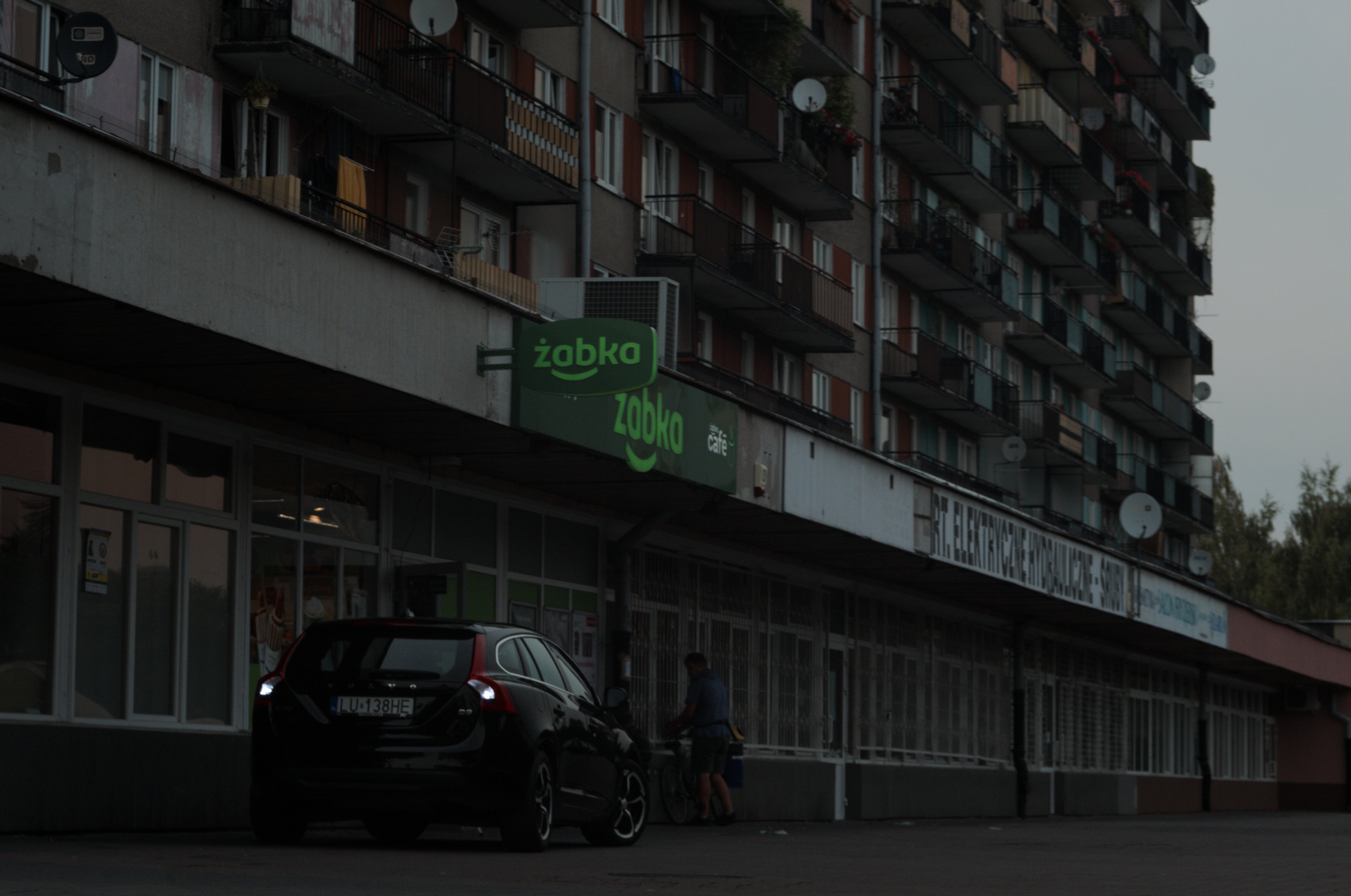
Bronowice od dawna mają kiepską opinię. Pijaństwo, napaści i szeroko pojęta patologia. Jak na ironię, jedna z głównych ulic Bronowic nosi nazwę Pogodna. Niektórzy twierdzą, że te czasy dawno minęły, a dzielnica zmienia się na lepsze. Dużo dobrego zdziałał Dzielnicowy Dom Kultury "Bronowice", organizując różne warsztaty i wydarzenia z których skorzystała bronowicka młodzież, ale i dorośli mieszkańcy. Mimo wszystko zwłaszcza stara część dzielnicy robi upiorne wrażenie, nawet w słoneczny letni dzień.
Bronowice has a long-standing poor reputation. Drinking, assaults and widespread pathology. Ironically, one of the main streets of Bronowic is called Pogodna ("Cheerful"). Some say that these days are long gone and that the neighbourhood is changing for the better. A lot of good work was done by the Cultural Centre of Bronowice District, which organized various workshops and events for young and older inhabitants of Bronowice. After all, especially the old part of the district makes a terrible impression, even on a sunny summer day.
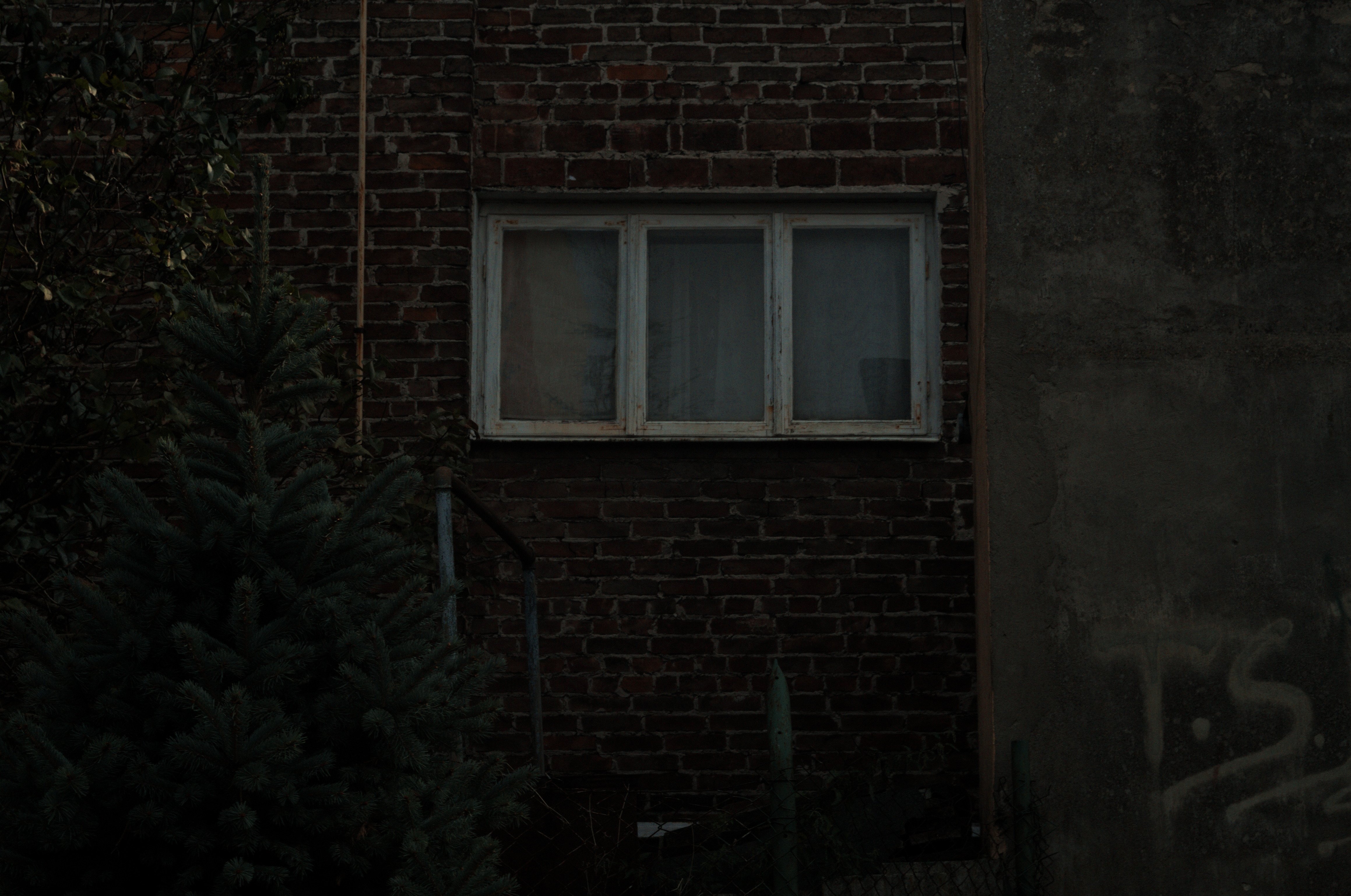
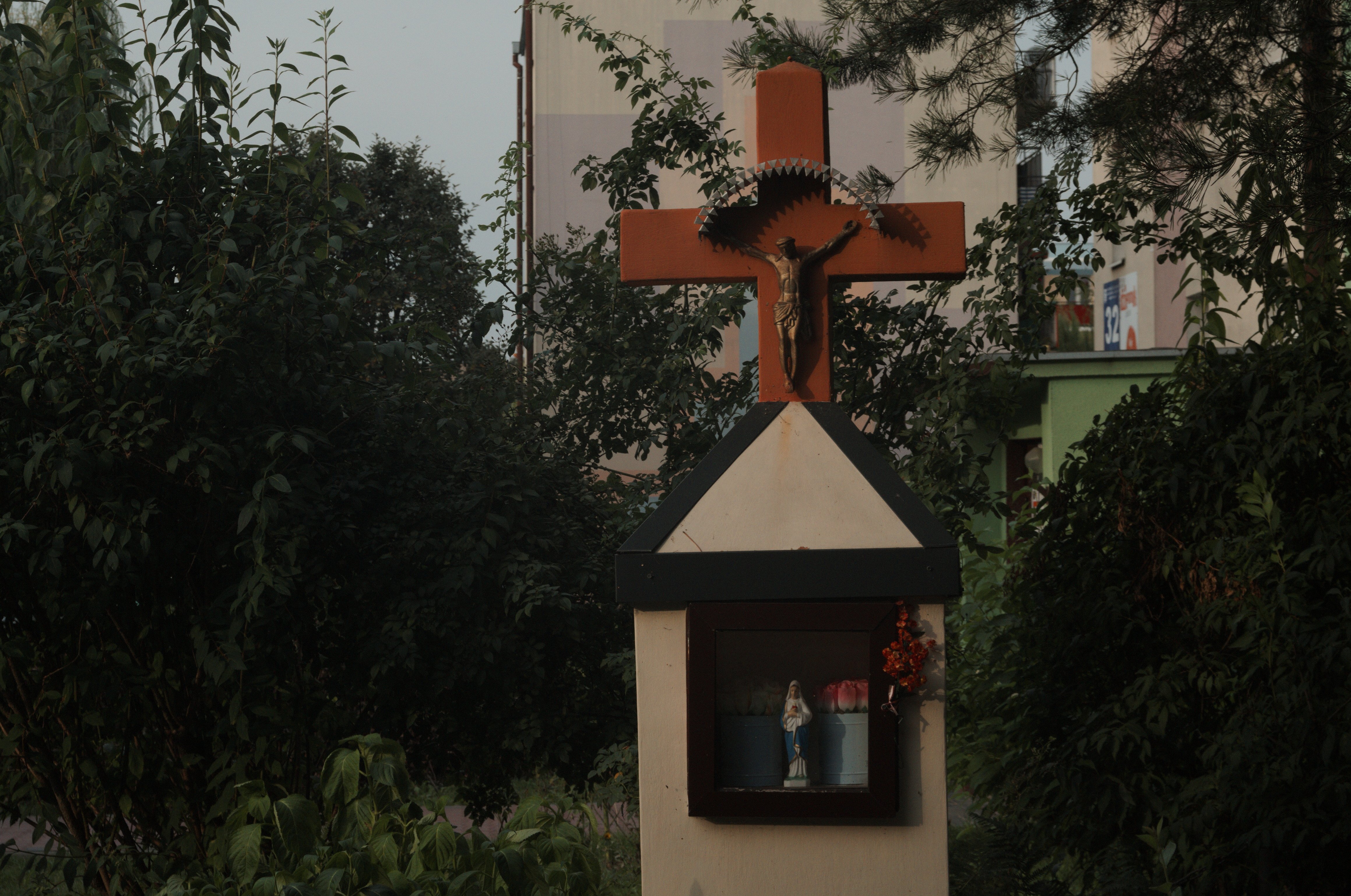
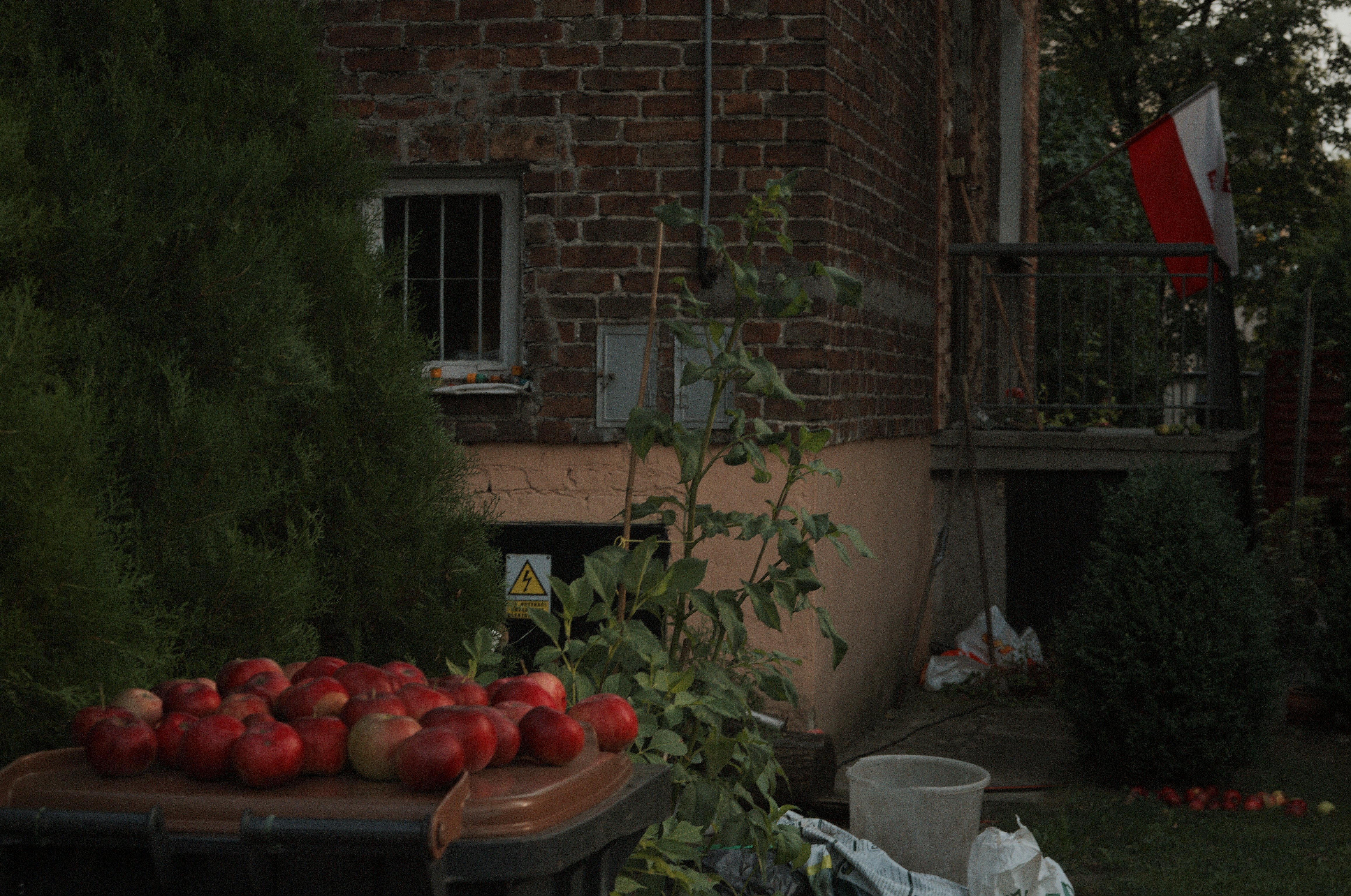
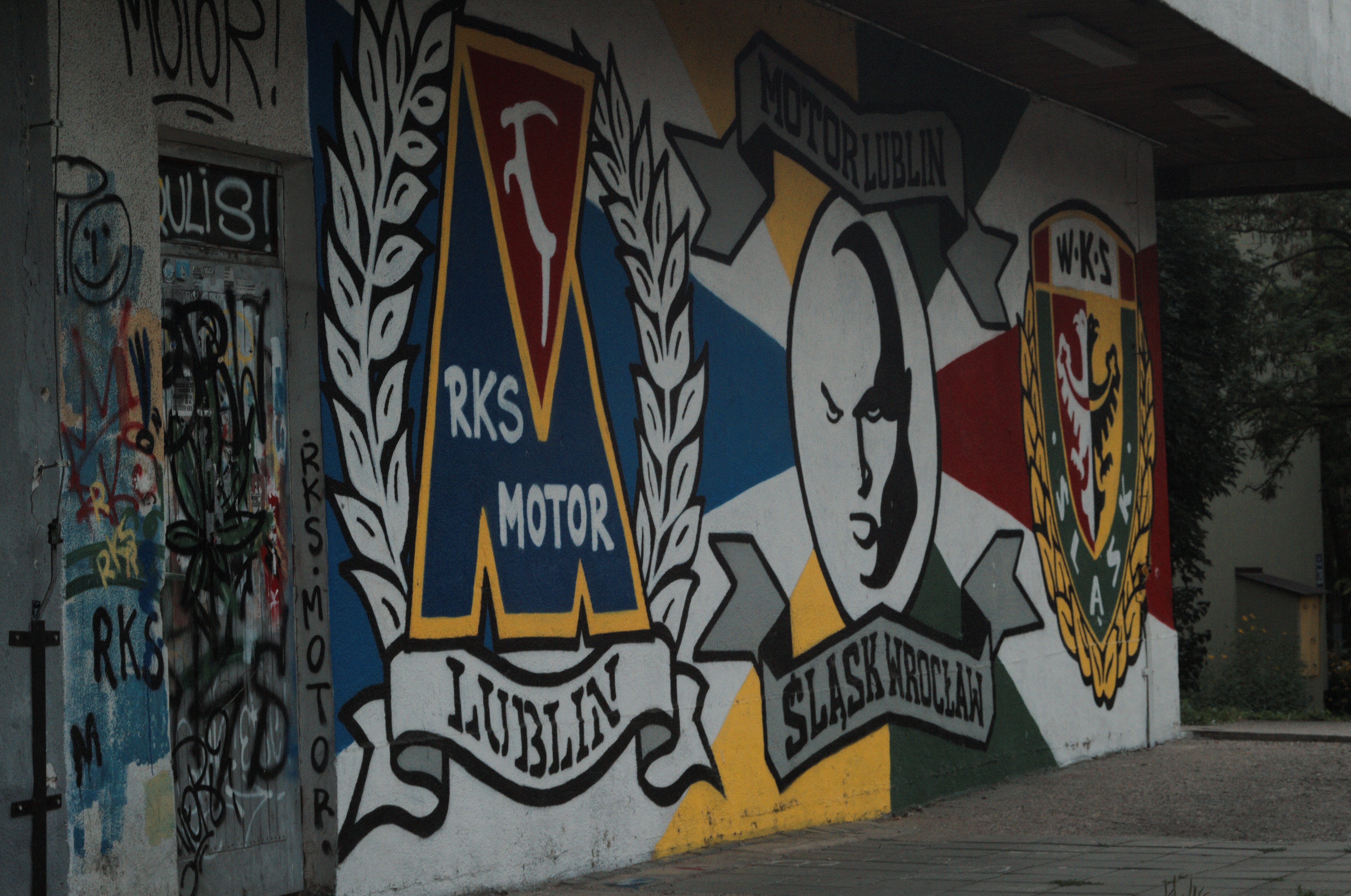
Wybrałem się zwiedzać nieznane miejsca Lublina z nadzieją znalezienia ciekawych miejsc. Mimo to, idąc wzdłuż alei Tysiąclecia poczułem się wyjątkowo samotny. Lublin nie ma atmosfery dużego miasta, mimo to rozlał się plamą blokowisk we wszystkich kierunkach. Żywe centrum otaczają oderwane od historii socjalistyczne rojowiska. Brak im nawet, spotykanej w innych miejscach, interesującej formy. Bloki na Bronowicach straszą tym bardziej, że rozsypująca się elewacja ma kolor używanych plakatówek. Nie ma miejsca na plattenbau romantik. Zostaje plattenbau despair.
I went on a tour of unknown places in Lublin with the hope of finding interesting sights. Nevertheless, going along the Millenium Avenue, I felt exceptionally lonely. Lublin does not have the atmosphere of a big city, yet it has spilled like a stain of housing estates in all directions. The living centre is surrounded by socialist hives, detached from history. They even lack the interesting form found in other places. Blocks on Bronowice are all the more frightening because the collapsing facades have the color of dirty poster paints. There is no room for "plattenbau romantik". There's only plattenbau despair.
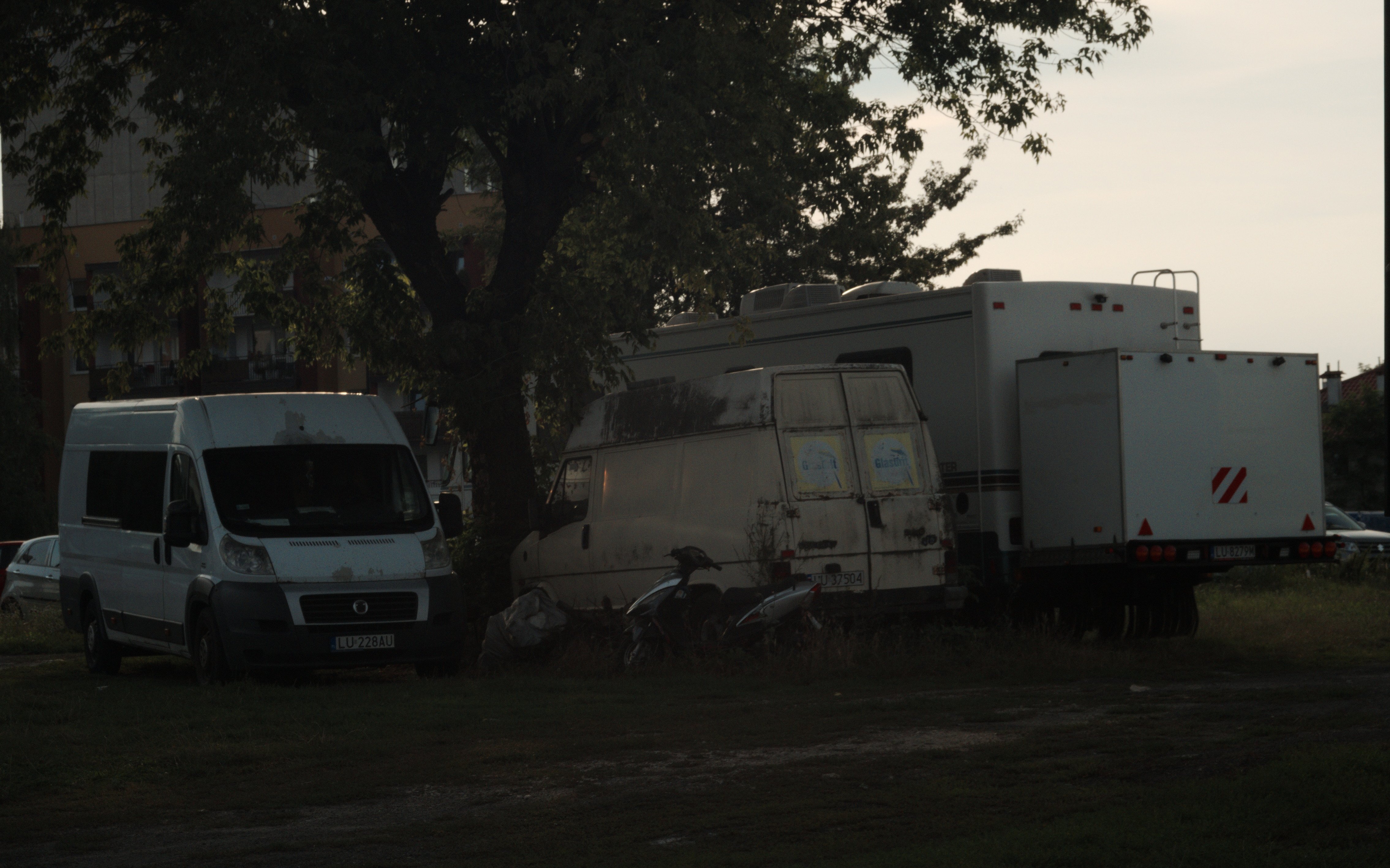
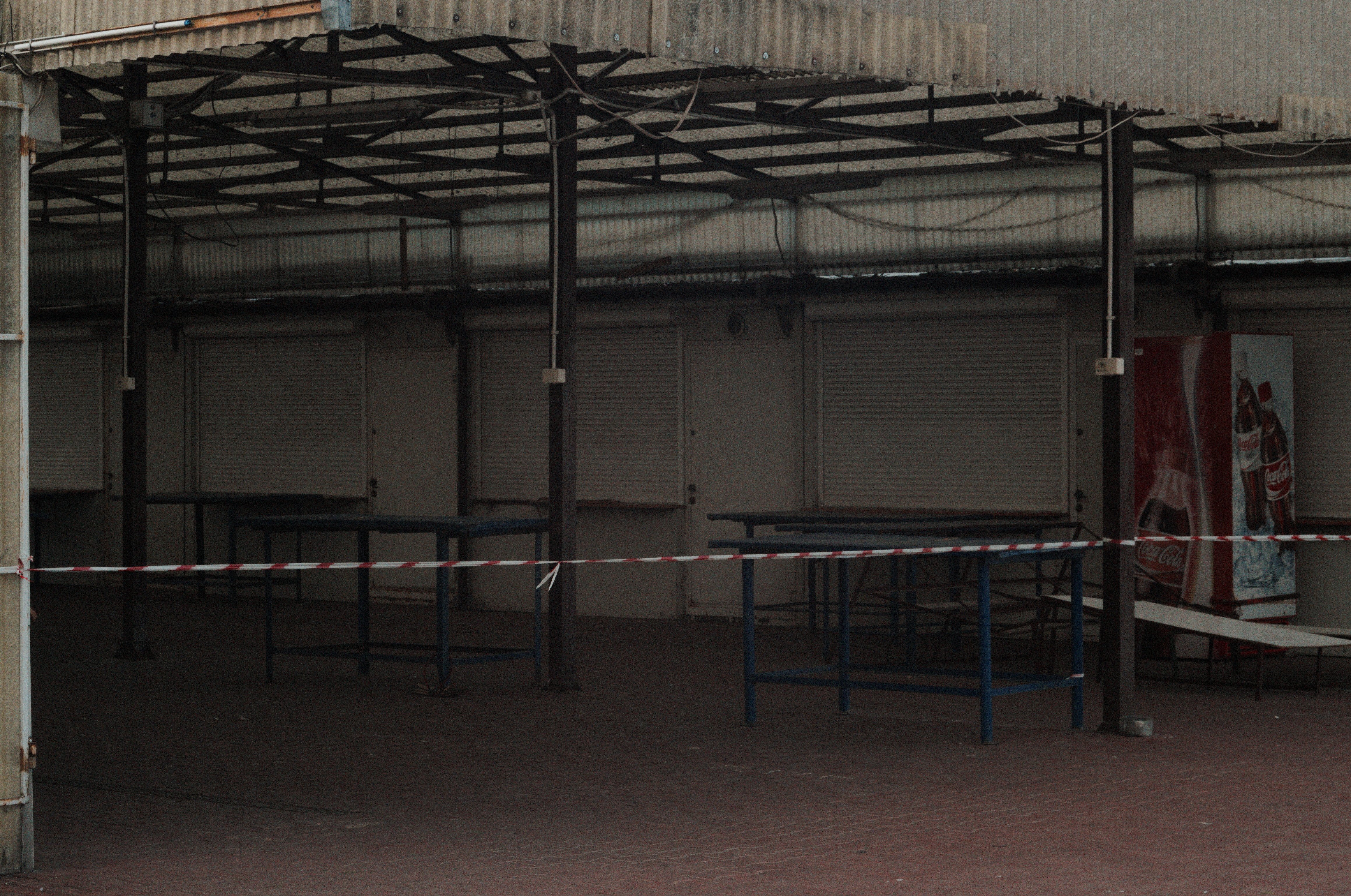
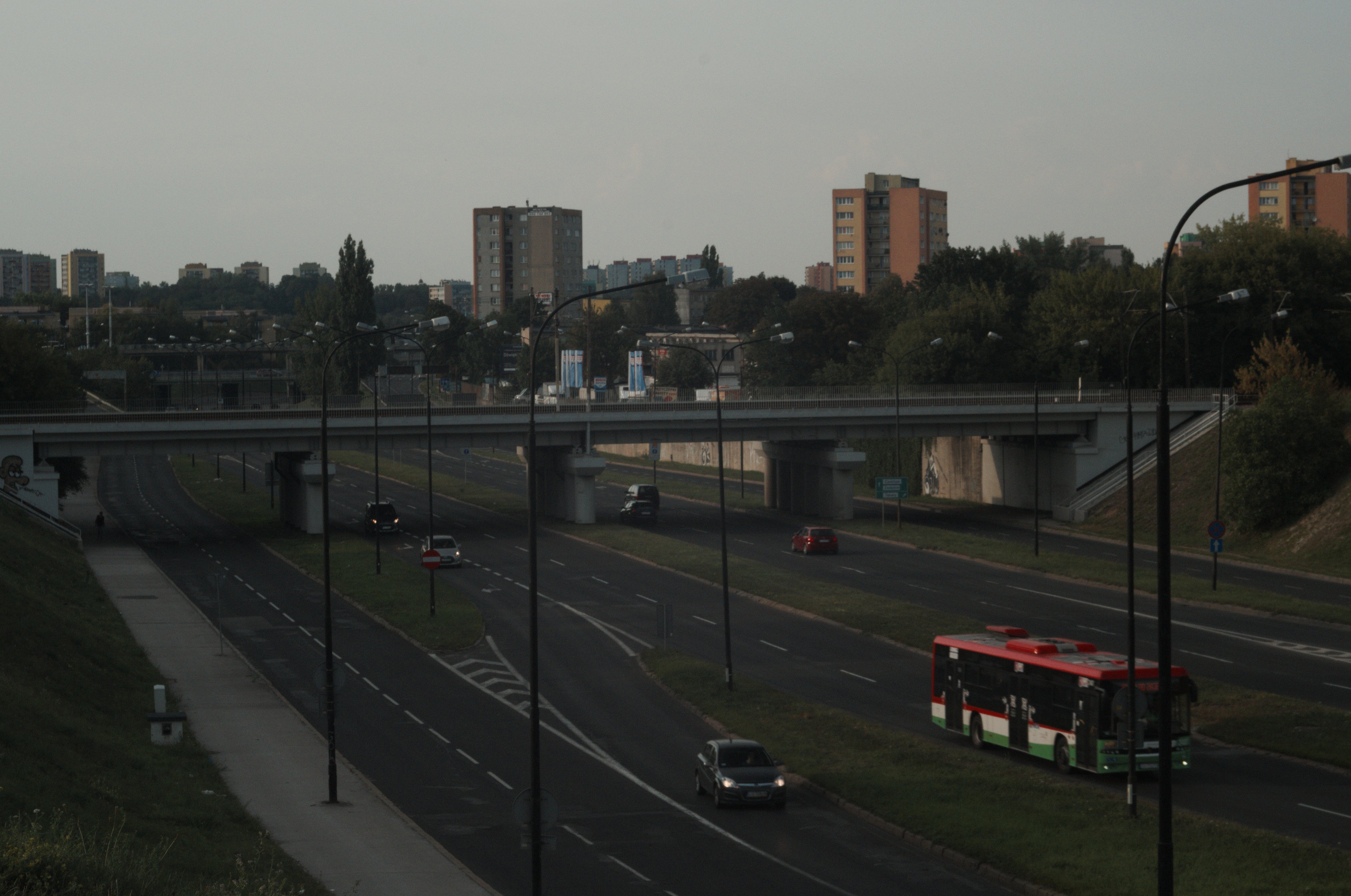
| Camera | Nikon D3100 |
|---|---|
| Lens | Pentacon Electric 50 mm |
| ISO | 200-400 |
| Location | Eastern Lublin |
